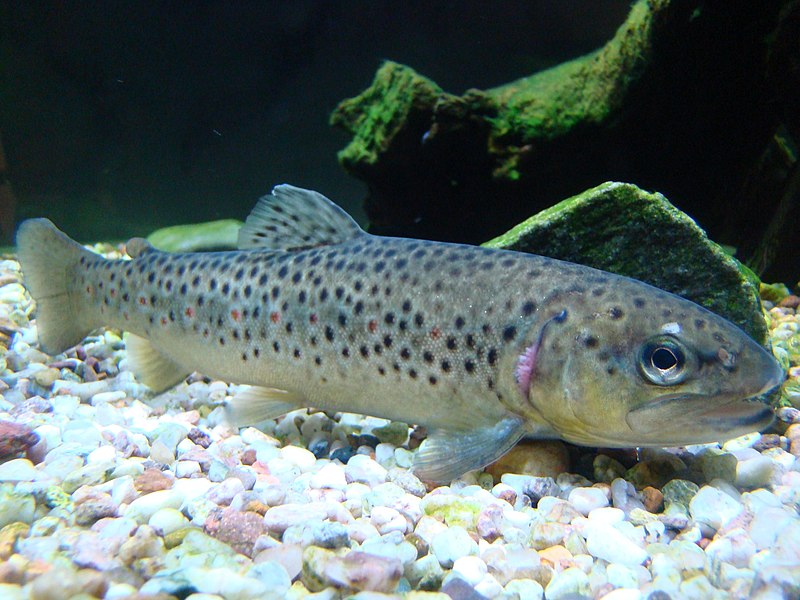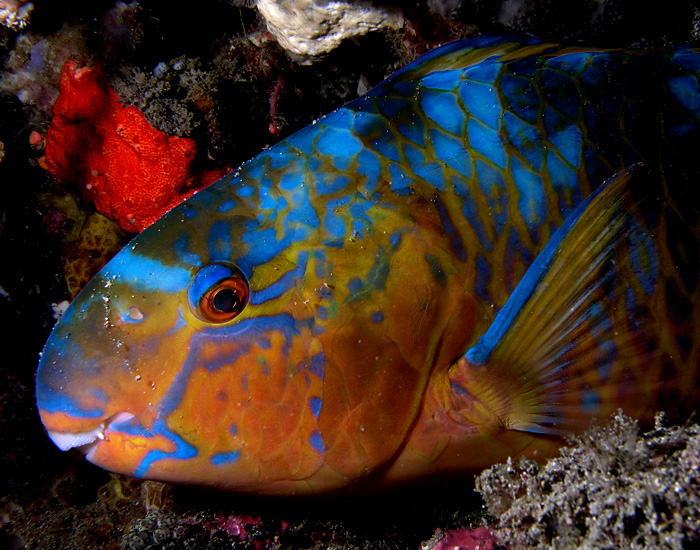Hello, Frank Indiviglio here. Fishes are the world’s most diverse group of vertebrates, with nearly 32,000 species known thus far and new ones being found at the rate of 2 per week. Add to this an unbelievable range of bizarre lifestyles, and it becomes apparent that picking the “most unique” new fish is a difficult task (after all, some male Anglerfishes latch onto females with their teeth and remain fused to their mates for life…tough act to follow!). But the following trio of fishes discovered (or first described) in 2010 is certainly in the running. Read More »
Author Archives: Frank Indiviglio
Feed SubscriptionWhere’s the Aquarium Hobby Going in 2011?
 Ok, it’s time to put on our Nostradamus hats and tell you all the things we’re thinking, and in some cases hoping, will happen in the aquarium hobby in 2011…hint: it’s all about technology. Hold on to your Vortech…here we go.
Ok, it’s time to put on our Nostradamus hats and tell you all the things we’re thinking, and in some cases hoping, will happen in the aquarium hobby in 2011…hint: it’s all about technology. Hold on to your Vortech…here we go.
Study Reveals that Fishes Have Distinct Personalities – Research Update

Aquarium Fish with Personality
Aquarists learn early-on that individual fish react very quickly to changes in their environment, and that not all do so in the same manner. Even the universal tendency of aquarium fishes to move towards the glass in anticipation of food when someone passes by is not usually shared by every tank inhabitant (this is actually a quite interesting bit of learned behavior – after all, fishes that rushed out to “greet” large beasts would not last long in the wild!). Read More »
Fish News – Mucous Covering Protects Sleeping Parrotfishes from Parasites
 Hello, Frank Indiviglio here. Marine aquarists and divers are well-aware of the mucous “sleeping bags” produced by Parrotfishes and certain Wrasses each night. It was assumed that these cocoon-like structures discouraged eels, crabs and other nocturnal predators – perhaps the mucous hid the sleeper’s scent, or was bad-tasting or toxic. A study at Australia’s Queensland University, however, has revealed that the mucous cocoon’s main purpose may be to deter external blood-sucking parasites – the first known example of such a phenomenon.
Hello, Frank Indiviglio here. Marine aquarists and divers are well-aware of the mucous “sleeping bags” produced by Parrotfishes and certain Wrasses each night. It was assumed that these cocoon-like structures discouraged eels, crabs and other nocturnal predators – perhaps the mucous hid the sleeper’s scent, or was bad-tasting or toxic. A study at Australia’s Queensland University, however, has revealed that the mucous cocoon’s main purpose may be to deter external blood-sucking parasites – the first known example of such a phenomenon.
A Good Reason to Hide
Writing in the November 17, 2010 issue of the journal Royal Society Biology Letters, researchers have established that sleeping Parrotfishes suffer numerous parasite attacks when deprived of their mucous cocoons (I couldn’t determine how they removed the cocoons without waking the fish!). Parrotfishes with intact cocoons sleep peacefully through the night, and were rarely bitten. Read More »
New Insights into the Mammal-Like Parenting of Discus Fishes and Eelpouts
 Hello, Frank Indiviglio here. Aquarists have long known that Discus Fish (Symphysodon spp.) produce mucus with which to feed their young. However, recent studies revealed unexpected new parenting behaviors, leading some ichthyologists to compare them to mammals. Just as surprising is the discovery that the European Eelpout (Zoarces viviparus), a commercially valuable marine fish, actually suckles it young with a milk-like secretion!
Hello, Frank Indiviglio here. Aquarists have long known that Discus Fish (Symphysodon spp.) produce mucus with which to feed their young. However, recent studies revealed unexpected new parenting behaviors, leading some ichthyologists to compare them to mammals. Just as surprising is the discovery that the European Eelpout (Zoarces viviparus), a commercially valuable marine fish, actually suckles it young with a milk-like secretion!
Weaning Behavior
The surprising new information about Discus appeared in the October 29, 2010 issue of the Journal of Experimental Biology. While observing a breeding colony of the much-admired South American fishes, University of Plymouth (UK) biologists noticed that both parents avidly fed the young with mucus secretions for 2 weeks. The fry were allowed to feed from an adult’s body for approximately 10 minutes, after which the ravenous little fellows were “flicked” onto the mate for more food. Read More »
 That Fish Blog – Aquarium Advice and Information
That Fish Blog – Aquarium Advice and Information
